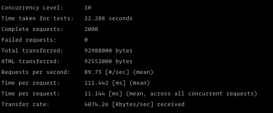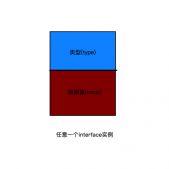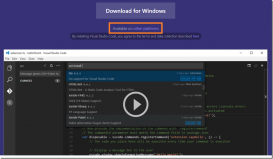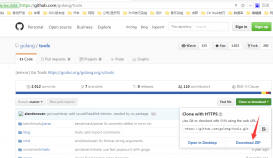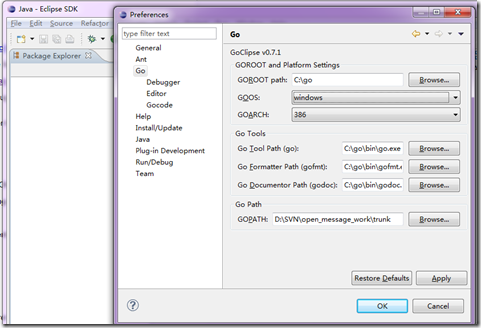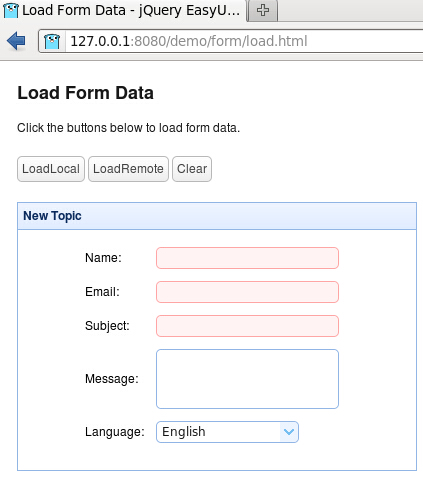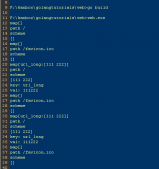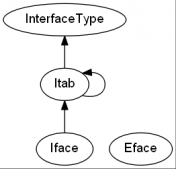关于 HTTP 协议
HTTP(即超文本传输协议)是现代网络中最常见和常用的协议之一,设计它的目的是保证客户机和服务器之间的通信。
HTTP 的工作方式是客户机与服务器之间的 “请求-应答” 协议。
客户端可以是 Web 浏览器,服务器端可以是计算机上的某些网络应用程序。
通常情况下,由浏览器向服务器发起 HTTP 请求,服务器向浏览器返回响应。响应包含了请求的状态信息以及可能被请求的内容。
Go 语言中要请求网页时,使用net/http包实现。官方已经提供了详细的说明,但是比较粗略,我自己做了一些增加。
一般情况下有以下几种方法可以请求网页:
Get, Head, Post, 和 PostForm 发起 HTTP (或 HTTPS) 请求:
|
1
2
3
4
5
6
7
8
9
10
11
12
13
14
15
16
|
resp, err := http.Get("http://example.com/")... //参数 详解//1. 请求的目标 URL //2. 将要 POST 数据的资源类型(MIMEType)//3. 数据的比特流([]byte形式)resp, err := http.Post("http://example.com/upload", "image/jpeg", &buf)... //参数 详解//1. 请求的目标 URL //2. 提交的参数值 可以使用 url.Values 或者 使用 strings.NewReader("key=value&id=123")// 注意,也可以 url.Value 和 strings.NewReader 并用 strings.NewReader(url.Values{}.Encode())resp, err := http.PostForm("http://example.com/form", url.Values{"key": {"Value"}, "id": {"123"}}) |
下面是分析:
Get 请求
|
1
2
3
4
5
6
7
8
9
10
11
12
|
resp, err := http.Get("http://example.com/")if err != nil {// handle error}defer resp.Body.Close()body, err := ioutil.ReadAll(resp.Body)if err != nil {// handle error}fmt.Println(string(body)) |
Post 请求(资源提交,比如 图片上传)
|
1
2
3
4
5
6
7
8
9
10
11
12
|
resp, err := http.Post("http://example.com/upload", "image/jpeg", &buf)if err != nil {// handle error}defer resp.Body.Close()body, err := ioutil.ReadAll(resp.Body)if err != nil {// handle error}fmt.Println(string(body)) |
Post 表单提交
|
1
2
3
4
5
6
7
8
9
10
11
12
13
14
15
16
17
18
19
|
postValue := url.Values{"email": {"xx@xx.com"},"password": {"123456"},}resp, err := http.PostForm("http://example.com/login", postValue)if err != nil {// handle error}defer resp.Body.Close()body, err := ioutil.ReadAll(resp.Body)if err != nil {// handle error}fmt.Println(string(body)) |
扩展 Post 表单提交(包括 Header 设置)
|
1
2
3
4
5
6
7
8
9
10
11
12
13
14
15
16
17
18
19
20
21
22
23
24
25
26
27
28
29
30
31
|
postValue := url.Values{"email": {"xx@xx.com"},"password": {"123456"},}postString := postValue.Encode()req, err := http.NewRequest("POST","http://example.com/login_ajax", strings.NewReader(postString))if err != nil {// handle error}// 表单方式(必须)req.Header.Add("Content-Type", "application/x-www-form-urlencoded")//AJAX 方式请求req.Header.Add("x-requested-with", "XMLHttpRequest")client := &http.Client{}resp, err := client.Do(req)if err != nil {// handle error}defer resp.Body.Close()body, err := ioutil.ReadAll(resp.Body)if err != nil {// handle error}fmt.Println(string(body)) |
比较 GET 和 POST
下面的表格比较了两种 HTTP 方法:GET 和 POST

总结
以上就是这篇文章的全部内容了,希望本文的内容对大家的学习或者工作具有一定的参考学习价值,如果有疑问大家可以留言交流,谢谢大家对服务器之家的支持。
原文链接:https://www.skiy.net/201711204895.html





